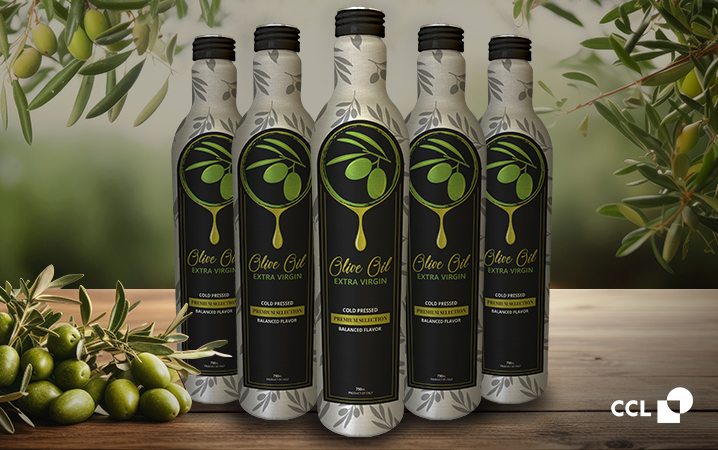Olive oil is frequently referred to by health food advocates, dietitians, celebrity chefs, and “foodies,” and one of today’s superfoods. But, despite its current place of cultural distinction, the olive and its oil have been revered throughout history for thousands of years. Ancient people in the Mediterranean region had another designation they assigned to it: they believed olive trees were sent by the gods. As the legend is told, when the city of Athens was founded, the goddess Athena created the olive tree so that mortals would choose her as their patron, rather than the god Poseidon.
The Greeks thanked the gods for their olive cultivation. The God of Olive Growth, Aristaeus, was praised for protecting the Grecian olive groves. In Judaism, olives are believed to be one of the seven fruits that Israel was blessed with. High praise for this humble fruit, to say the least.
Flash forward eight-thousand years since olives were first utilized for domestic consumption and we see no end to the resurgence of olive oil as a preferred ingredient to flavor food – gourmet and otherwise – and as a healthier alternative to other forms of fats and oils in the American diet. Looking back as far as thirty years, olive oil sales in U.S. markets increased by 100% from 1991 to 2003 and are continuing to increase. During the last few years, the United States imported more than 60 million gallons of olive oil per year, and that number is forecast to trend upwards.
The variety of olives, country of origin, and the environmental conditions under which they’re grown, all contribute to the unique and complex flavor structure of each. And when blended together olive oils produce even more diverse taste profiles. It’s a situation not uncommon to comparisons that can be made with grapes and the wine industry. Competition for brand building and distinction in both retail settings is fierce, especially among the proliferation of higher-quality products and their corresponding brand names.
The list of olive oil offerings continues to expand with the addition of flavored olive oils using the “infusion” method. During this process, select fruits, herbs, garlic, and peppers are simultaneously crushed with the olives to produce exceptionally flavored olive oils. Finally, there are “flavored” olive oils, which are made by adding other ingredients, such as cilantro, garlic, lemon, and even habanero peppers after the oil is pressed. Once these other ingredients sit in the olive oil for a period of time, their flavor seeps into it, which then creates olive oil flavor variations like cilantro and basil, Meyer lemon, jalapeno, vanilla, and many others.
So, how do you stand out in this highly competitive food category and give your product the taste appeal on the outside that delivers the promise of what’s inside?
Enter aluminum.
Aluminum packaging that echoes the shapes of wine bottles brings a fresh visual vibe to olive oils. There are numerous variations to the traditional bottle shape that are possible bringing the sophisticated cache of wine to this burgeoning category of consumables. Combining the virtually infinite decorating possibilities we offer with our distinctive aluminum shaping capabilities creates brand superiority opportunities for your container that other materials simply can’t offer.
CCL Container’s latest manufacturing technology combines with our deep experience to offer you the kind of subtle, and sometimes, not so subtle effects that result in a package that your customers pick up…and can’t put down. Lightweight, unbreakable, and infinitely more recyclable, olive oil bottles made of aluminum are right at home in every cook’s kitchen.
Optimize the competitive marketing power of your olive oil brand’s packaging. Contact us today, and let’s talk about the ideal size, shape, and decorating for your product’s aluminum container.

